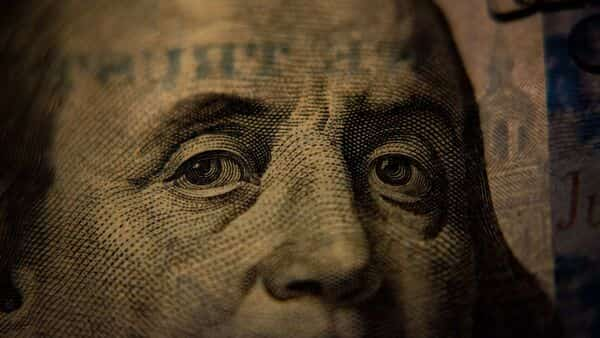
In a series of tweets, Zoho CEO Sridhar Vembu has explained how the US dollar controls and contributes to the global economy. He thinks it is crucial that rational beings understand the fundamentals of the contemporary global monetary system.
He starts with the basic outline that countries that export to the US are paid in dollars. Additionally, countries export to countries that export to the US. There is no requirement to return to the US to claim goods, services, or properties as soon as dollars start moving around the world.
Also Read: Rupee dives to another record low against US dollar
Based on the “real dollars” that were generated through commerce with the US, international banks begin to create more dollar assets and liabilities. After many years of taking this action, total “global dollar” bank balance sheets, which fall under non-Fed jurisdiction, far outweigh the amount of US trade deficits, or “real dollars”.
Although the Fed does not control those “global dollar” balances, its actions have a significant impact. When the Fed maintains low interest rates and creates money, “real dollars” are easier to come by and “global dollar” balances increase more quickly. Everyone seems to be doing well, and there are plenty of dollars around.
Also Read: Rupee likely to remain under pressure in near term, say experts
Some of those increasing “global dollar” balances return to the US and are invested in equity and real estate markets there. Because of rising “wealth” – asset inflation – this feels like a time of prosperity for the US as well. Consumer prices in the US begin to soar.
The Fed takes action when consumer prices begin to rise and increases interest rates, decreases money creation, and initiates Quantitative Tightening. Problems begin. The tighter “real Fed dollar” condition is reflected in global dollar balances. Rates of interest rise. To repay, borrowers now require dollars.
Also Read: The smell test for e-rupee, the RBI’s digital currency
Due to the rush for dollars by borrowers with international dollar debt, currencies fall against the dollar. Because debtors are selling US assets in a panic to raise “real dollars”, the equity and asset markets in the US fall. US financial markets crash.
Rising “global dollar” issues compound the issues facing the US market, forcing the Fed to intervene by reducing interest rates and printing money again. Balances in “real dollar” grow as they are more readily available and inexpensive.
In this cycle, it is time for the US market to collapse, and it is widely believed that the Fed will “pivot”. Because of these recurrent cycles, “global dollar” balances are extremely large and exceed the size of US GDP and assets.
Also Read: Gold prices today see biggest single-day fall in nearly 3 months, silver rates tumble
Countries desperately need more dollars as a result of repeated cycles and the race for “real dollars”, therefore they want to export to the US. Due to the deluge of imports sparked by this race for dollars, the US gradually loses its manufacturing and industrial base.
The global monetary system, according to Vembu’s conclusion, is essentially unstable and prone to devastating recurrent crises. “We can expect new crises to arrive faster and get bigger than previous crises. The system becomes more and more unstable. We have to be prepared,” he wrote.
Download The Mint News App to get Daily Market Updates.






